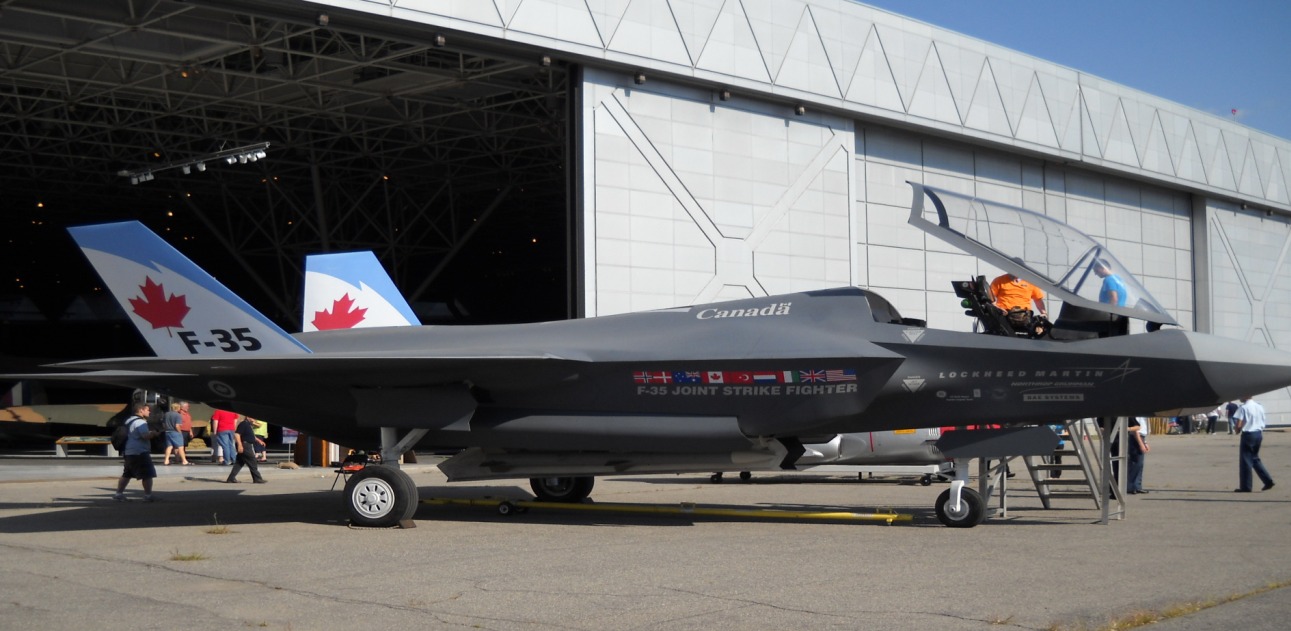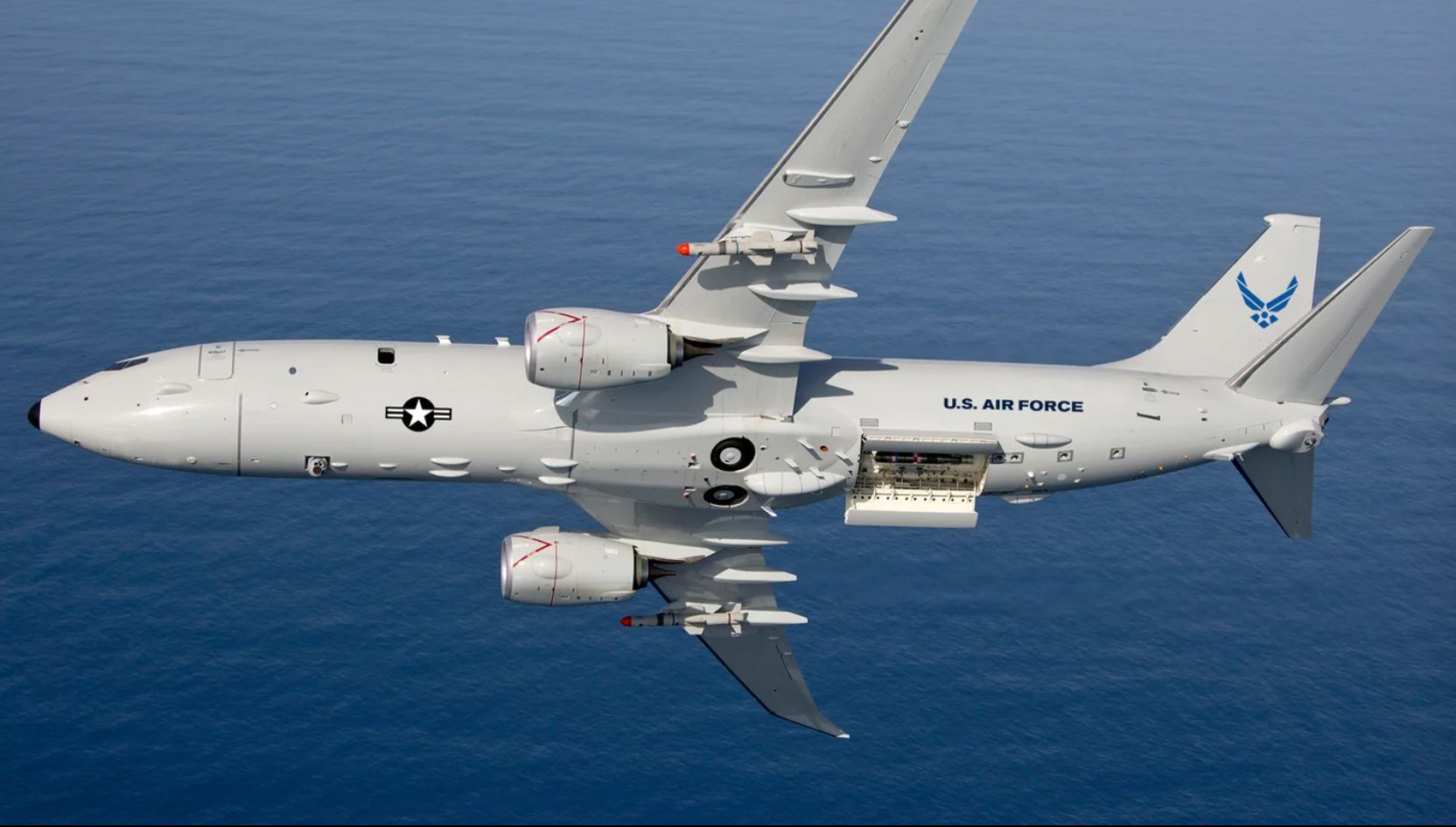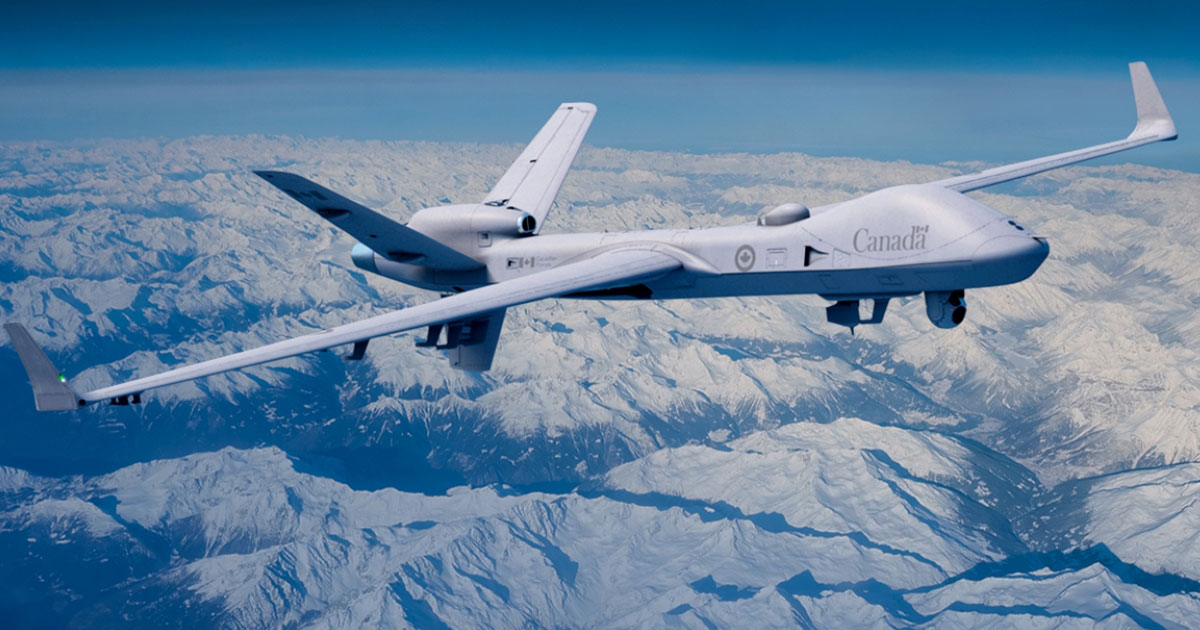On a mission to bolster its combat readiness and add cutting-edge military equipment to its arsenal in the wake of new security threats Russia poses, the Royal Canadian Military is making high-end purchases, filling the coffers of American defense firms.
The Commander of the Royal Canadian Air Force (RCAF) announced on March 1 that the Royal Canadian Air Force would not exercise its two one-year options for renewal under the Multi-Engine Utility Flight (MEUF) contract with Air Tindi, which is currently operating out of 8 Wing Trenton.
With this move, the Department of National Defense or the Canadian Armed Forces will save roughly $3.2 million total — almost $3.6 million per option year — by not exercising the RCAF’s two one-year lease options, read the statement.
The Commander emphasized that the decision was taken because the country directed its efforts toward state-of-the-art technologies as it moved on with this historic recapitalization of the RCAF to equip the air fleet with an eye on future challenges.
The statement read that the decision was “part of our efforts to focus investments, to prioritize Canadian Armed Forces reconstitution efforts, and to support the ongoing federal efforts to reduce the federal deficit.”
The MEUF has leased two King Air BE350 aircraft. Unlike other combat-capable, higher-priority platforms, the MEUF does not provide a direct operational output. So, the CAF reasoned that the operational roles of the service would remain unaffected if the MEUF’s contract option years were not exercised.
In addition to providing the CAF with personnel transport and limited utility capabilities, the two MEUF aircraft will serve as training platforms for recently graduated multi-engine pilots. “Going forward, RCAF pilots will be able to maintain and enhance their proficiency using cutting-edge training technologies, including by flying more modern aircraft.”
Transporting troops, including senior military commanders, accounts for over one-third of the 150 force employment missions that the MEUF aircraft normally completes each year. However, keeping up with the security needs of the country, the National Defense is refocusing its budget on important objectives that benefit Canadians by transferring these responsibilities to other RCAF planes or commercial routes.
The Canadian government has invested large sums of money to update the Royal Canadian Air Force’s aircraft fleet. However, the Liberal Canadian government appears to be cutting corners to invest in enhanced combat capability and readiness, which has become an object of scrutiny since Russia launched an invasion of Ukraine and stunned the world.
Canada’s defense budget saw a substantial compound annual growth rate (CAGR) of 4.5% from 2019 to 2023, registering a whopping $3.3 billion hike. The Air Force and Navy projects are reportedly the main beneficiaries of the rise in the defense budget.
With Russia becoming more aggressive and the threat of war spilling over to NATO’s Baltic members, there are concerns that a war between Russia and NATO could happen if the latter triggers its collective security clause. This has prompted Canada to spring into action and bolster its air fleet for a robust military response.
The main driver of Canada’s defense spending is its acquisition of cutting-edge aircraft for the CAF. The Royal Canadian Air Force is slated to receive about 140 new aircraft, either upgraded or purchased.
The Canadian Air Force Is Buying Big!
Lockheed Martin’s F-35
In January 2023, the Canadian government inked a C$19 billion (US$14.2 billion) deal with Lockheed Martin to acquire 88 F-35 fighter jets. Canada will acquire the aircraft in tranches: the first tranche will include 16 jets, the second in 2026 will include four jets, the third in 2027 will include six jets, and the fourth in 2028 will also include six jets.
Canadian Defense Minister Anita Anand stated that the remaining fleet should be delivered by the end of 2032, in time for the Royal Canadian Air Force (RCAF) to begin phase-out of its CF-18 fighter fleet. The F-35 is geared to become the mainstay of the Canadian Air Force.
In November last year, a Parliamentary Budget Office (PBO) report predicted severe price escalation that could cost the Canadian taxpayer billions more than initially agreed upon. This led to protests by concerned citizens across the country. However, the CAF and the Canadian government have remained unfazed.

If the predictions are anything to go by, the acquisition cost will reach a massive $74 billion, making Lockheed Martin the biggest beneficiary of CAF’s revamp and modernization effort.
Boeing’s P-8A Poseidon
In December 2023, the Department of National Defense in Canada declared that the government had decided to purchase 16 P-8A Poseidon maritime patrol aircraft to replace Canada’s CP-140 Aurora maritime surveillance aircraft, which has been in use for more than 40 years.

The aircraft manufactured by another US defense and aerospace giant, Boeing, is worth CAD 10.4 billion, according to reports. The purchase would entail associated equipment, among other things. The first airplane will be delivered in 2026. All aircraft will be in place by autumn 2027 if deliveries proceed at a rapid pace. By 2033, full operational capacity is anticipated.
The P-8A will “protect Canadians, enhance Arctic security and national sovereignty, and enable Canada to meet its NATO, NORAD, and other obligations well into the future,” said the department in the announcement. The purchase is imperative for Canada’s integration and cooperation with other NATO countries to keep a vigil over strategic areas like the Arctic.
General Atomics MQ-9
After years of delays, a formal contract for CAD 2.49 billion (US$1.82 billion) was signed by Canada with General Atomics Aeronautical Systems (GA-ASI) to acquire 11 armed MQ-9B SkyGuardian Remotely Piloted Aircraft Systems (RPAS).
The sale included six of GA-ASI’s approved ground control stations, support gear, and the Unmanned Aircraft System’s first armaments. These MQ-9 drones will greatly enhance the long-range surveillance capabilities of the Royal Canadian Air Force.

The RPAS will be purchased from General Atomics Aeronautical Systems Inc., a US-based company, with some parts coming from the US government. The Canadian RPAS program’s first delivery has been slated for 2028.
Airbus’ CC-330 Husky
In July 2023, the Canadian National Defence Department declared that it had given Airbus a contract for CAD 3.6 billion ($2.7 billion US) for nine aircraft to update its fleet of refueling planes. The first aircraft is expected to arrive in the country in a few months.
Four A330 MRTTs will be built new under the contract, while five A330-200s will be converted for military usage. The Canadian government claimed that this move would save millions of dollars for taxpayers. An Airbus press release further stated the first of the newly-built tankers will be delivered in 2027
The first aircraft, scheduled for arrival later this summer, will be utilized as refuelers, and the remaining four older aircraft may eventually be converted to tankers. The fifth aircraft is intended to be used for the transportation of senior government personnel. Canada’s Defence Department stated that the second aircraft is anticipated in the fall, while the other three will come the following year.
Canada’s air force modernization has essentially meant global defense manufacturers are minting billions of dollars. Of these, the US-based defense contractors appear to be gobbling the biggest share of the pie, largely due to the action by Russia’s military operations in Ukraine.
- Contact the author at sakshi.tiwari9555 (at) gmail.com
- Follow EurAsian Times on Google News




